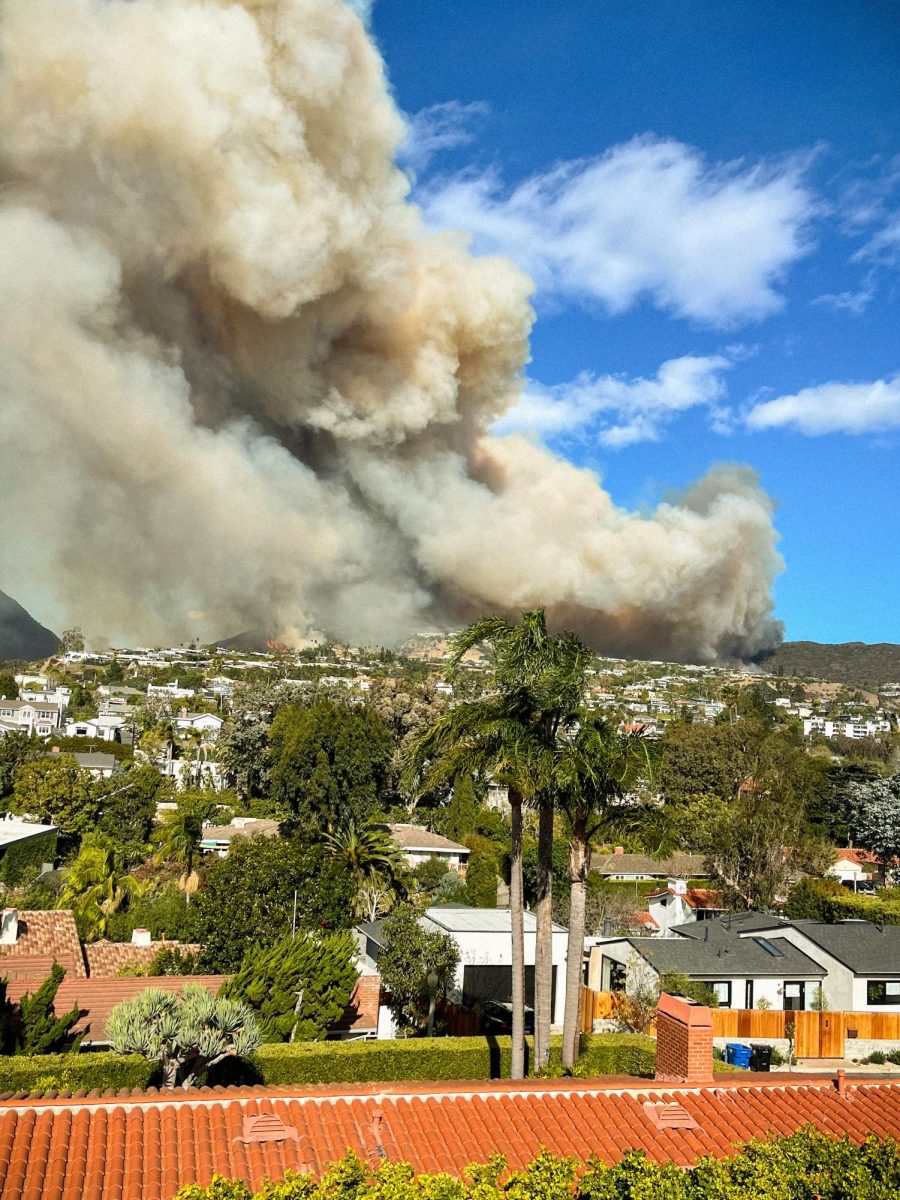Inside L.A.’s Spookiest Spots
November 2, 2016
Two thousand years ago, the Celts celebrated Samhain. They built bonfires, sacrificed animals to certain deities, told fortunes and donned animal heads and skins as costumes. Surprisingly enough, Samhain evolved into what is now known as Halloween and 2,000 years later, Americans still partake in the annual celebration. Traditions include carving pumpkins, TP-ing and/or egging houses, dressing up and of course, visiting historic haunts.

Colorado Street Bridge
Dubbed the Suicide Bridge, the Colorado Street Bridge was built in 1913, spans the Arroyo Seco in Pasadena and features Beaux-Arts arches, multi-globed lamp lights, concrete balusters and iron lamp posts. Since its opening in the early 20th century, more than 100 suicides have occurred at the site. In fact, before the bridge was even completed, many urban legends say that a construction worker fell into wet cement, and subsequently died. His ghost, among many others, are said to haunt the bridge. In the years following, more and more took their lives on the Colorado Street Bridge, particularly during the Great Depression.
One of the more well-known suicides that took place on the bridge was that of 22-year-old Myrtle Ward. Ward threw her three-year old daughter, Jean Pykkonen, into the arroyo on May 1 of 1937, and then threw herself off. While Pykkonen survived, as trees broke her fall, Ward did not, and it is said that her ghost remains, searching for her daughter.
Despite the implementation of a suicide barrier, instances of suicide — though less frequent — still occur. In 2008, Walter Garcia killed his girlfriend Damaris Quiles and her mother outside their Tujunga home, and later took his life by jumping off the 144-foot bridge. Spirits like his are often heard wandering around the bridge at night, making the Colorado Street Bridge a popular site for ghost hunters.

Cobb’s Estate
In 1916, Freemason Charles Cobb purchased the land that is now nicknamed the Haunted Forest, and built a summer retreat upon it. After his death in 1939, his home was used as a retreat for the Sisters of St. Joseph. In 1956, Cobb’s Estate was sold yet again, this time to the Marx brothers. It was during the Marx brothers’ ownership that locals began noticing the eerie noises and strange lights, according to Atlas Obscura.
The house itself was torn down in 1959, remained vacant and untouched until 1971, when the Marx brothers attempted to turn the estate into a cemetery. Their plans were quickly met with fierce resistance from locals, and soon after, the city purchased the land from the Marx brothers.
The Los Angeles Ghost Patrol reports that those who visit Cobb’s Estate feel watched and even touched, see strange blue lights and hear laughter and screams. Sightings of Satanic rituals and KKK meetings are also common. And although no dead bodies or dead animals have been found, visitors have claimed that the estate smells of rotting flesh.
The land is now owned by the U.S. Forest Service, and is open 24-7, making night hikes, teen mischiefs and ghost hunting fairly frequent.

Rancho Los Amigo Hospital
Although the Rancho Los Amigo Hospital, initially called the L.A. County Poor Farm, is often stigmatized as an insane asylum, its original purpose was to treat the mentally ill, elderly, handicapped and homeless of the Los Angeles County. Those in need of room and board could opt to work at the nearby farm and the food produced on the farm went to support the staff and patients in the hospital. The remaining area of the hospital’s property included a zoo and a rail line for freight and passengers, according to Opacity.
The facility expanded heavily after the 1933 Long Beach earthquake and was later used as an emergency hospital during World War II. One of its most distinguishing features, however, was the center’s ability to treat those with polio. Tank respirators, often called iron lungs, filled the hospital during the 1950s, but soon fell into disuse after a vaccine for polio was discovered.
By the end of the 1950s, many wards of the hospital had closed, and soon after, a majority of the operations moved north onto another campus. However, a troop participating in a military training drill done within the property uncovered a freezer full of various body parts, including legs, feet and brain tissue. Today, aside from the occasional visitor, the hospital grounds largely remains a ghost town.











